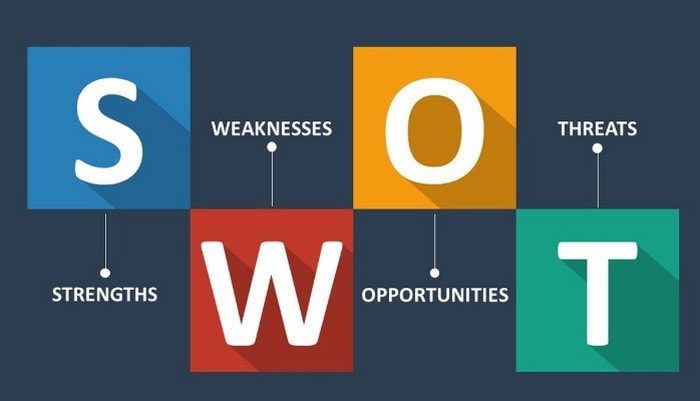Your organization may be preparing to develop a strategic plan, whether to provide direction to a fledgling nonprofit, to breathe new life into an established organization, to respond to the rapid changes in technology, or to disruptions in funding, leadership, or the competitive landscape.
One of the first steps to take on this process is to examine the conditions both inside and outside of the organization. A nonprofit needs to have a strong sense of its current value in the community and its ability to carry out its mission, as well as understanding the people it serves and those it hopes to reach.
An environmental scan helps to bring clarity to these ideas, in addition to evaluating the issues, events, and trends that currently do or soon may affect the organization. This process is not simply about discovery but also about establishing agreement among the key participants.
A particularly useful and widely recognized analytical tool for conducting the scan is the SWOT (strengths, weaknesses, opportunities, threats) analysis, in which the strengths and weaknesses identify the organization’s internal attributes, and the opportunities and threats examine relevant external matters. The strengths represent an organization’s advantage over other nonprofits in the community, while the weaknesses generally address the areas where it hopes to make gains or improvements. The opportunities represent prospects for growth, including new clientele, products, programs, and partnerships. Threats, on the other hand, identify the organization’s principal competitors, as well as possible problematic legislation, economic shifts, tax and compliance issues, and so forth. When considering each of these areas, it makes sense to narrow the focus to just the most critical issues for the sake of staff and stakeholder cohesion.

It’s useful to begin the SWOT analysis by considering external factors. Forces in the outside world frequently impact the future of an organization even more than internal ones. The pandemic and the recent outbreak of war are grim reminders of this idea, although most threats and challenges to an organization are easier to anticipate and likewise to prepare for. Stakeholders outside of daily operations are especially valuable here because they tend to think of a nonprofit on the whole—its place in the community and among competitors—rather than specific administrative and departmental functions. If your organization is able to network and exchange information with other nonprofits that have common attributes, so much the better.
A nonprofit similarly needs to look within, to recognize its value and what it is capable of, while also acknowledging its limitations, whether that concerns its facilities, one or more of its programs, funding shortfalls or personnel matters. An organization’s leadership (board members and executives) will certainly have input here, but it’s also crucial to interview staff members and clients (or customers) who are inclined to think more pragmatically about current policy and new plans. Established performance indicators will help to clarify and refine this input.
The next step in this process is to consider how the organization’s internal strengths can capitalize on external opportunities, and similarly how its weaknesses might be managed to avoid or at least minimize an external threat or challenge. Depending on the conditions, it may make more sense to complete this step in reverse, to first identify an opportunity (or threat) and then consider how the organization, given its strengths and weaknesses, may best approach it.
Two other analytical tools warrant mention here. The PEST or PESTEL (political, economic, social, technology, environmental, legal) analysis concentrates on factors external to an organization, a method that may be useful to nonprofits that work closely with public agencies or that offer services in one or more of the identified areas. The SOAR (strategies, opportunities, aspirations, results) analysis, on the other hand, is designed for young nonprofits that are still grappling with how best to carry out their mission: what programs to offer, who to serve, where to operate, and how to measure success.
An effective environmental scan helps to define an organization’s attributes and priorities within the relevant area of operations and over a specified time frame. It’s important to develop consensus when conducting the scan, both in terms of the issues themselves and in setting priorities. The greater the consensus, the stronger the foundation for the strategies and actions that follow.
 Contact@SSutton-and-Associates.com
Contact@SSutton-and-Associates.com 420-737-921-492
420-737-921-492 410-245-0398
410-245-0398 647-969-8866
647-969-8866



 www.SSutton-and-Associates.com
www.SSutton-and-Associates.com